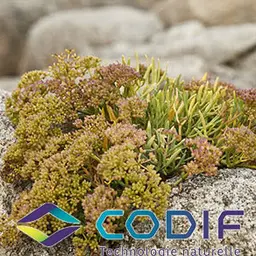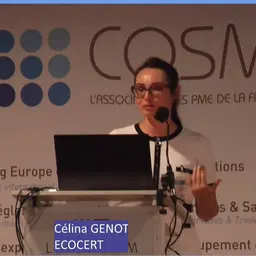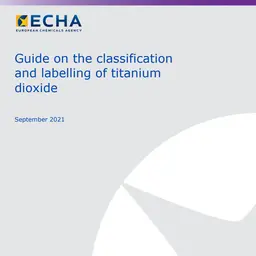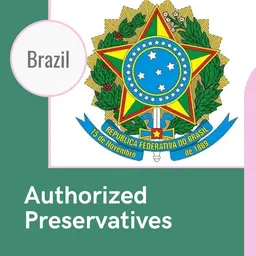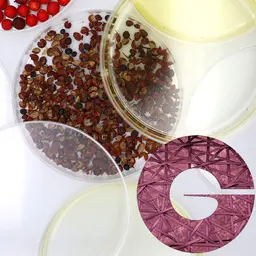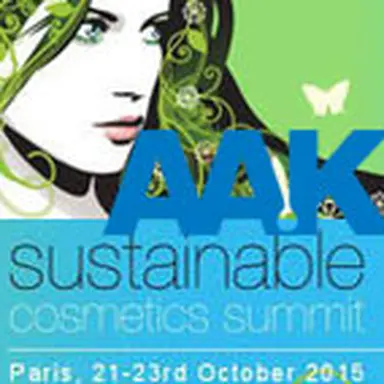
Sustainability is a growing concern for the cosmetics industry. Among “sustainable” ingredients, there is shea butter, which is harvested in Africa and often chosen to be part of fair trade programmes. Henrik Vingaard, of AAK, came to the Sustainable Cosmetics Summit 2015 organized by Organic Monitor to highlight the qualities of this ingredient and plead in favour of sustainable supply chains like the one implemented by his company.
Henrik Vingaard is the Director of the Sourcing & Trading division of AAK , a Swedish company founded in 1871 that manufactures and develops cosmetics raw materials like vegetable oils, esters, and butters. He was one of the speakers at the European edition of the Sustainable Cosmetics Summit 2015 organized in Paris last October 23-24 to evoke the opportunities and pitfalls to be avoided when sourcing in Africa. And he also focused on the creation by AAK in 2009 of a sustainable supply chain for shea butter in Burkina-Faso.
Sustainable since Cleopatra
According to Henrik Vingaard, ′
Shea has been used in cosmetics since Cleopatra
′, Queen of Egypt between 51 and 30 B.C.
But to remain focused on our time, ′
in modern times, L’Oréal was the first to include shea butter as a sustainable and functional emollient
′, he specified. ′
Today, it is used in more than 1,200 of their formulations
′.
This ingredient, referred to as Butyrospermum Parkii butter in the INCI, can be incorporated as a single emollient or combined with other actives derived from oleochemistry or petrochemistry in the composition of many cosmetics: lip and cheek care, eye contours, body products, cosmetics for babies, …





